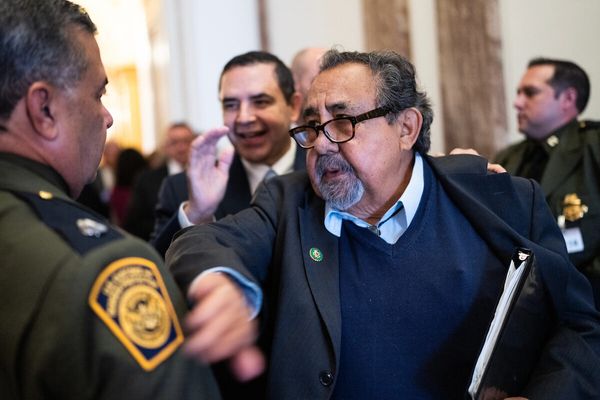
Child rights organisations have brought guidelines about secondary students' rights to participate in legislation on hairstyle and dress code regulations to relevant agencies.
Jiraporn Arunakul, an adolescent medicine specialist at Ramathibodi Hospital, highlighted a reflection of adult misunderstanding about rights and liberties. Many adults still have the belief that they have the authority to dominate and shape children into the ideal image of themselves, while students consider hairstyle and dress code as personal physical rights. These concepts are evident in schools where the Ministry of Education issues rules to coerce students through discipline. However, discipline becomes interpreted as a matter of external control, finally becoming contentious.
"Most adults in Thai society do not value personal identity but value homogeneity. As older generations have gone through wars, there is a belief that unity will save nations while modern children are born into a more open world and feel that diversity will lead to creative coexistence. It is, therefore, a reflection of the clash between different sets of beliefs between children and adults," Jiraporn said in a recent forum organised by Amnesty International (Thailand) and its alliances.
Laponpat Wangpaisit, the founder of Bad Student, said that student participation is fundamental, but Thai secondary schools do not prioritise it as much as they could. The main obstacle is the Ministry of Education's idea that students are not the centre of involvement.
According to the ministry's regulations on hairstyles and dress code, students do not participate in expressing their opinions and true authority rests in the hands of the school board to make all the decisions.
Laponpat proposed that schools and the Ministry of Education should listen to children's voices with an open space for students to engage in establishing norms for their bodies, instead of being punitive or sweeping the problem under the rug.
"Schools and the Ministry of Education should be open to listening to students attentively, not just write reports, but involving them in the decision-making process on student dress and hairstyle rules," he said.
Athitha Kongsup, director of Thammasat Secondary School, shared her experience that there was a period of dispute between teachers and students about the rules of dress and hairstyle.
Therefore, several discussion groups were set up in which student representatives exchanged opinions that finally resulted in a Student Charter.
"We spent several rounds of discussions between teachers and student representatives, but in the end, we came to the same conclusion, the Student Charter. When this comes from the voice of students, they will accept it without conflict," she said.







